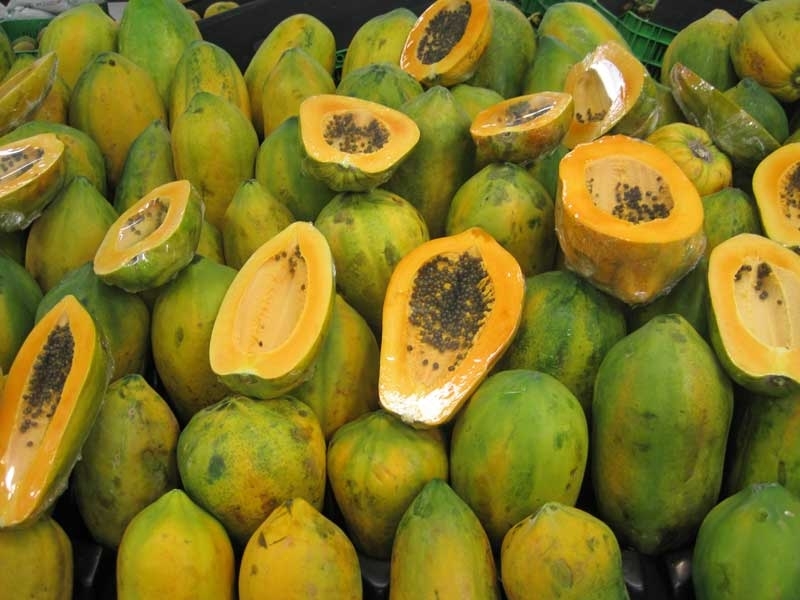Mealybug, a growing threat to papaya crops

Simdega: Papaya farmers all over the country are facing a threat from mealybugs, tiny pests that damage crops if they are not effectively managed. These pests, often covered in a white, waxy substance, attack leaves, stems, and fruits, making their control a crucial step in ensuring healthy papaya plants and a good harvest. It is essential to suppress pests for better production.
In recent years, mealybugs have created havoc for papaya farmers. These pink-colored insects, measuring about 3-4 mm in length, lay eggs in clusters on stems, branches, or bark of host plants. The eggs hatch within 3 to 9 days into active “crawlers,” which can spread easily to nearby plants via wind, rain, ants, birds, or even human activity. Once they infest a plant, mealybugs multiply rapidly, forming thick clusters on leaves and fruits.
Also Read: Flowers’ demand surges in Ranchi amid election celebrations
Their presence not only weakens the plant by sucking its sap but also produces a sticky substance called honeydew, which attracts ants and promotes the growth of black sooty mold. This mold further reduces the plant’s ability to produce food, severely impacting its health and yield.
Detecting mealybugs early is crucial for timely intervention. These pests often hide on the underside of leaves or on fruits, making it essential for farmers to regularly inspect their crops. Farmers can adopt the following measures to prevent and control mealybug infestations:
Mealybugs are capable of spreading easily; they can change the complexion of healthy plants through crawling or by being carried by wind, rain, animals, or humans. These pests can be transported through tools, clothes, and equipment used in farming. Adult females are flightless but highly reproductive, laying eggs that stick to various surfaces.


